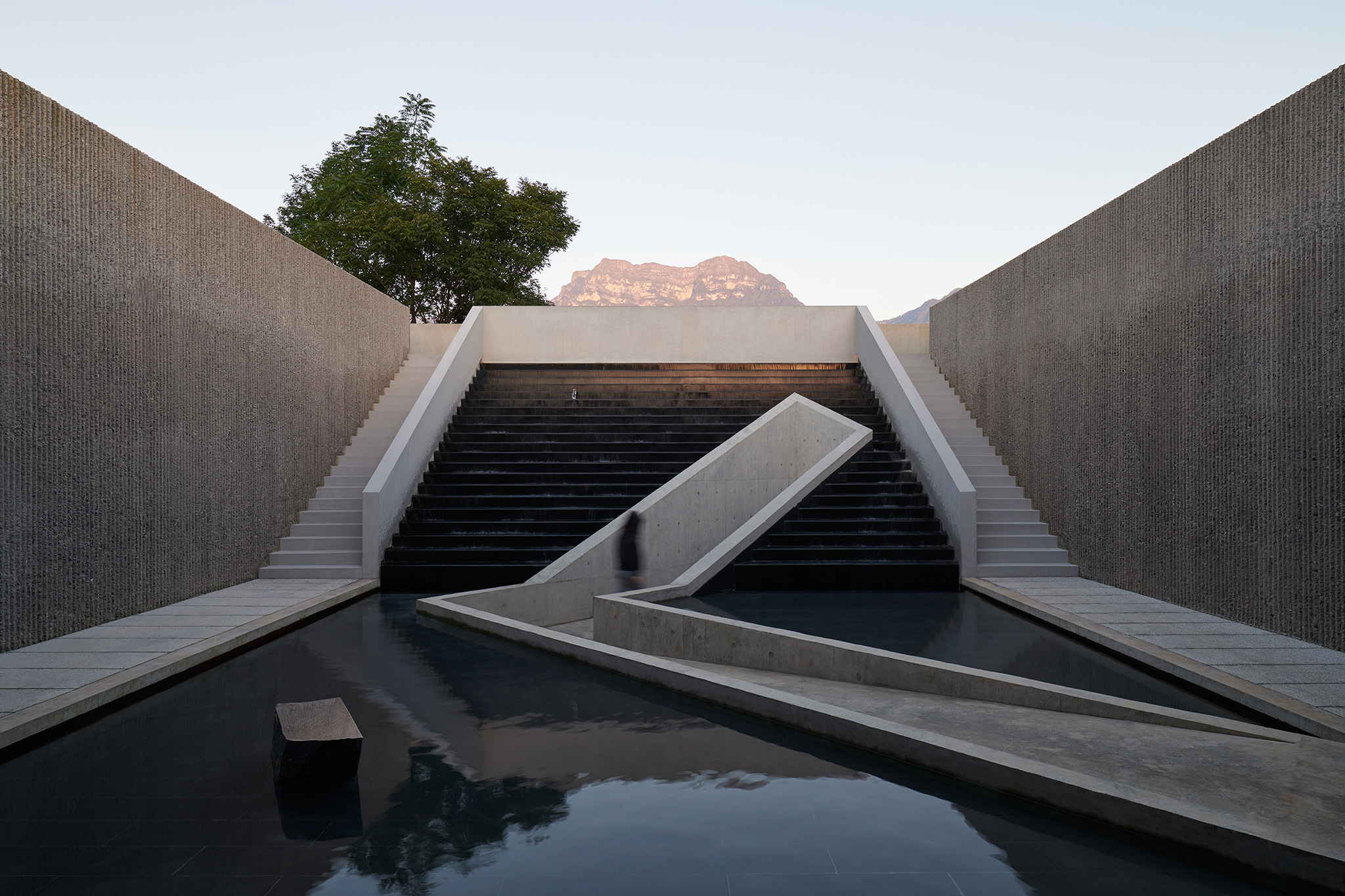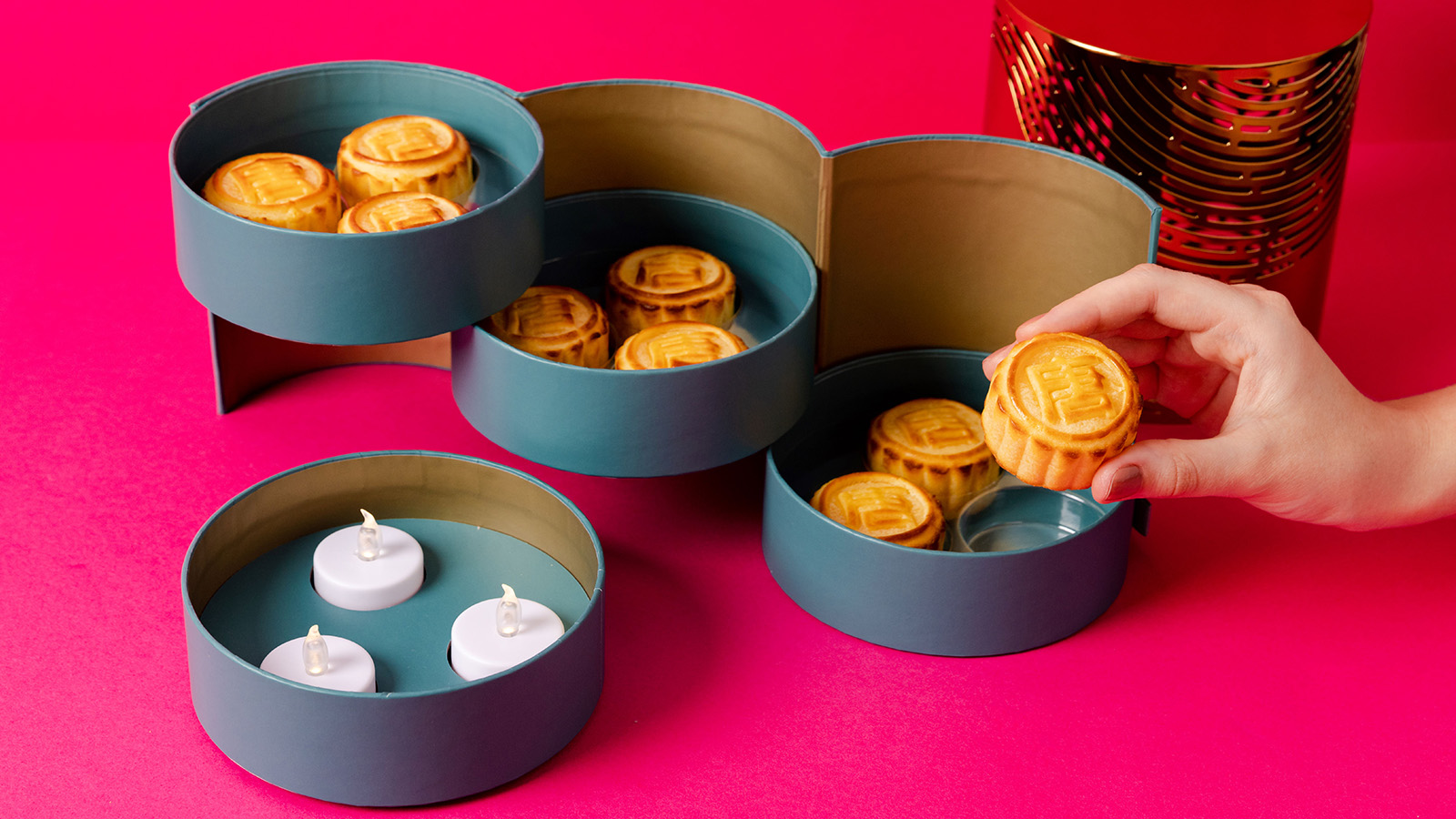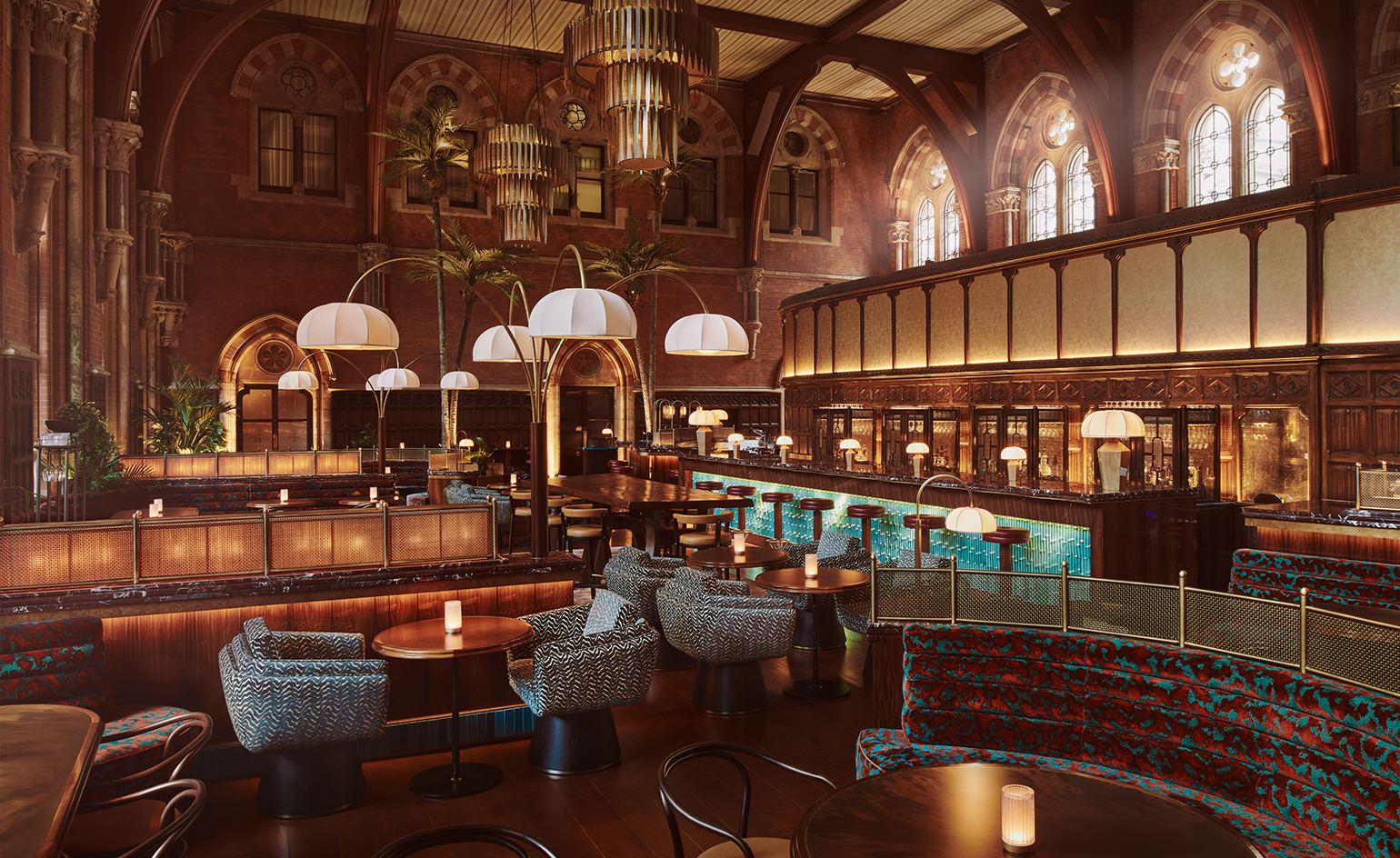The Chuan Malt Whisky Distillery by Neri & Hu offers a twist on Chinese tradition
Neri & Hu designs headquarters for The Chuan Malt Whisky Distillery in China's Sichuan province

Chen Hao - Photography
When Shanghai-based architecture studio Neri & Hu won Pernod Ricard’s competition to design a home for its first whisky distillery in China three years ago, Lyndon Neri and Rossana Hu’s vision was to combine the values of an innovative new brand with the cultural heritage of its location. As a result, The Chuan Malt Whisky Distillery, bridges cutting-edge technology with Chinese tradition, set in its idyllic, rural location.
The architectural site, in the Sichuan province, nestles among a meandering creek and terraced fields overlooked by the imposing and spiritual Mount Emei – a stunning Unesco World Heritage Site – and reflects the traditional Chinese philosophy of the interdependence between mountains and water. This not only presents a deep understanding of nature, but also expresses its metaphorical power.
The Chuan Malt Whisky Distillery

The complex itself symbolises this natural formation in many ways. The distillery buildings are a reinvention of everyday traditional Chinese architecture, while the visitor-experience spaces mirror the elements of the terrain. The distillery comprises three long, parallel buildings on the north side of the site, nestling into the slopes, while the roofs are supported by a modern concrete post-and-beam structure. The descending rooftops are made from reclaimed clay tiles to give an effect of permanence.
There are two visitor-experience centres in the complex, which are graced by strong, primary geometric forms – the circle and the square. The ‘circle’, a tasting-experience building, is partly underground, with five subterranean tasting rooms enveloped by a domed courtyard featuring a central cascading water feature. The top of the dome protrudes slightly above the ground, topped by three concentric brick rings evoking the silhouette of Mount Emei. Further down the slope, the ‘square’ restaurant and bar volume is cantilevered on two sides with one corner leaning over the creek.

The design for The Chuan Malt Whisky Distillery also pays tribute to the site’s natural resources. The boulders taken from the ground when the site was levelled have been recycled to provide infill for the rock walls. In addition, other materials – concrete, cement and stone – are a nod to the minerals that can be found on the site. The craft of whisky, appropriately, provides the theme for the interiors, with tools such as copper distillation pots and aged oak casks evoking the rich sensual comforts of the famous spirit.







INFORMATION
Wallpaper* Newsletter
Receive our daily digest of inspiration, escapism and design stories from around the world direct to your inbox.
Yoko Choy is the China editor at Wallpaper* magazine, where she has contributed for over a decade. Her work has also been featured in numerous Chinese and international publications. As a creative and communications consultant, Yoko has worked with renowned institutions such as Art Basel and Beijing Design Week, as well as brands such as Hermès and Assouline. With dual bases in Hong Kong and Amsterdam, Yoko is an active participant in design awards judging panels and conferences, where she shares her mission of promoting cross-cultural exchange and translating insights from both the Eastern and Western worlds into a common creative language. Yoko is currently working on several exciting projects, including a sustainable lifestyle concept and a book on Chinese contemporary design.
-
 Ludmilla Balkis’ organic, earthy ceramics embody the Basque countryside
Ludmilla Balkis’ organic, earthy ceramics embody the Basque countrysideThe sculptor-ceramicist presents a series inspired by and created from found natural objects in a New York exhibition
By Anna Solomon
-
 At this secret NYC hangout, the drinks are strong and the vibes are stronger
At this secret NYC hangout, the drinks are strong and the vibes are strongerFor People's bar, Workstead serves up a good time
By Anna Fixsen
-
 ‘Fall Guy’ director David Leitch takes us inside his breathtaking Los Angeles home
‘Fall Guy’ director David Leitch takes us inside his breathtaking Los Angeles homeFor movie power couple David Leitch and Kelly McCormick, interior designer Vanessa Alexander crafts a home with the ultimate Hollywood ending
By Anna Fixsen
-
 Yauatcha’s bespoke mooncakes mark the start of delicious celebrations for Mid-Autumn Festival
Yauatcha’s bespoke mooncakes mark the start of delicious celebrations for Mid-Autumn FestivalYauatcha, London’s Chinese dim sum teahouse, celebrates Mid-Autumn Festival (17 September) with three flavours of limited-edition mooncakes
By Tianna Williams
-
 Toklas’ own-label wine is a synergy of art, taste and ‘elevated simplicity’
Toklas’ own-label wine is a synergy of art, taste and ‘elevated simplicity’Toklas, a London restaurant and bakery, have added another string to its bow ( and menu) with a trio of cuvées with limited-edition designs
By Tianna Williams
-
 Château Galoupet is teaching the world how to drink more responsibly
Château Galoupet is teaching the world how to drink more responsiblyFrom reviving an endangered Provençal ecosystem to revisiting wine packaging, Château Galoupet aims to transform winemaking from terroir to bottle
By Mary Cleary
-
 London’s most refreshing summer cocktail destinations
London’s most refreshing summer cocktail destinationsCool down in the sweltering city with a visit to London’s summer cocktail destinations
By Mary Cleary
-
 Learn how to curate a simple cheese board with perfect port pairings
Learn how to curate a simple cheese board with perfect port pairingsThe experts at artisan cheesemonger Paxton & Whitfield share tips for curating a simple but sophisticated cheese board, with port and cheese pairings for every taste
By Melina Keays
-
 IWA sake brewery by Kengo Kuma is Best Roofscape: Wallpaper* Design Awards 2022
IWA sake brewery by Kengo Kuma is Best Roofscape: Wallpaper* Design Awards 2022IWA sake brewery in Japan, by Kengo Kuma & Associates, scoops Best Roofscape at the Wallpaper* Design Awards 2022
By Tony Chambers
-
 St Pancras Renaissance Hotel opens Booking Office 1869 restaurant
St Pancras Renaissance Hotel opens Booking Office 1869 restaurantBooking Office 1869 restaurant, at the St Pancras Renaissance Hotel, is set to become a new London hotspot. Developer Harry Handelsman and designer Hugo Toro tell us about its creation
By Mary Cleary
-
 Sweet Sauternes: France’s forgotten wine gets a reputational makeover
Sweet Sauternes: France’s forgotten wine gets a reputational makeoverSaskia de Rothschild is on a mission to revive the popularity of Sauternes white wine, with Rieussec, produced and packaged with a fresh, more sustainable approach
By Mary Cleary